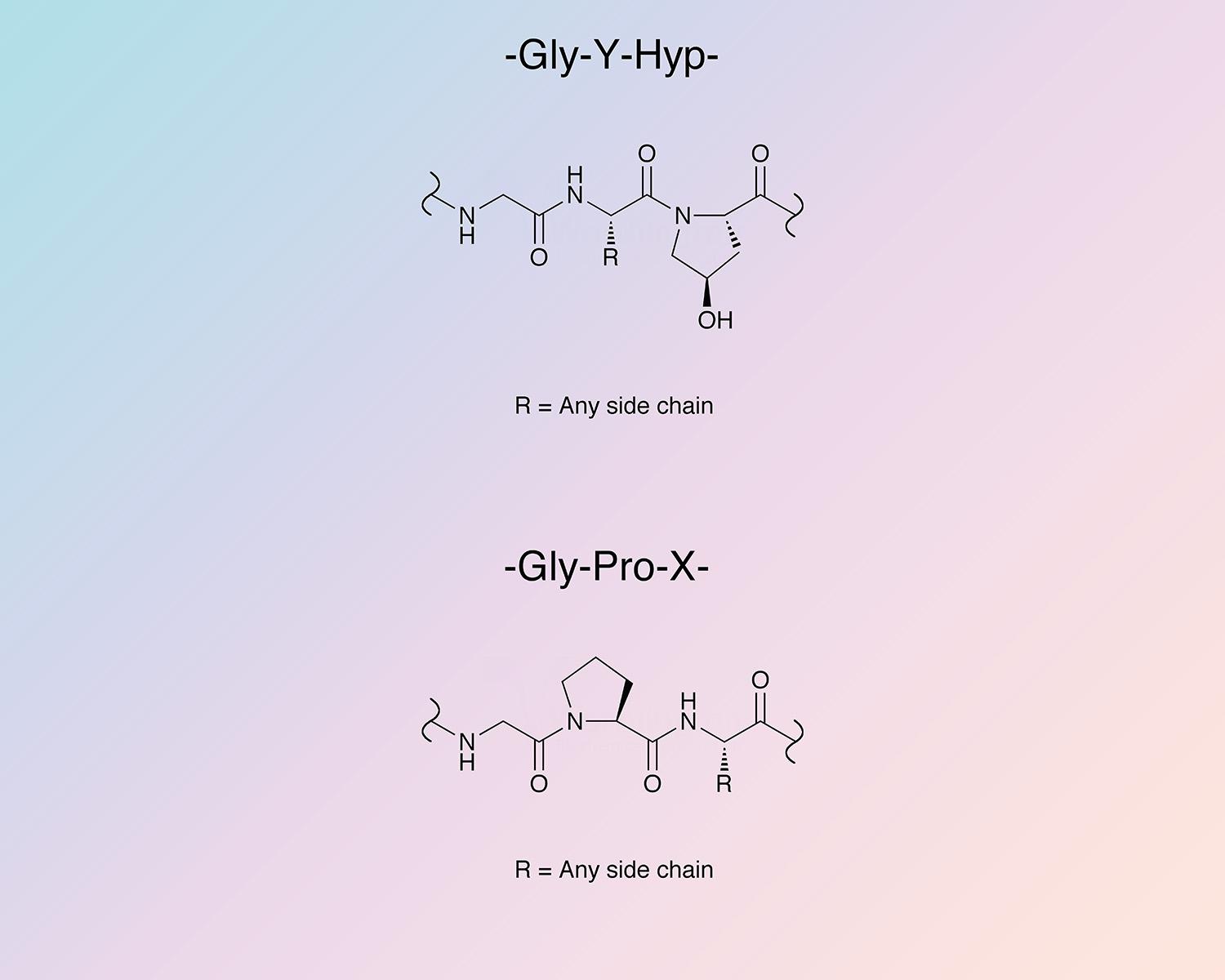For our international customers, please be advised that orders cannot be placed through our website by customers in countries with International Distributor representation.
Collagen - Manual
Collagen is an inert, rigid protein found predominantly in skin, ligaments, bones and teeth. Its most distinctive attribute, essential to a transmitter of mechanical force, is inelasticity. Its fundamental structural unit is tropo-collagen, a molecular rod about 2600 Å in length and 15 Å in diameter and 300,000 molecular weight. In tendons these macromolecules, grouped as collagen fibrils, run parallel to the axis, in skin the fibrils are interlaced and branched. Collagen has been reviewed by Gallop and Seifter (1963). See also the monograph on collagenase and review by Bornstein and Sage (1980).
Collagen fibers with limited crosslinkages (i.e. unaged) will dissolve to some extent in dilute acid or concentrated neutral salt solutions. Natural tendon (aged) collagen is insoluble in aqueous solutions.
Dissolved calf skin collagen in 0.075 M sodium citrate buffer, pH 4.3-4.5 (approx. 6 mg collagen/ml) can be repeatedly transformed into a stable gel on titration to pH 7.0 with 0.5 M sodium carbonate and by warming to 37°C. Such gels, cast as membranes or solids, are of interest; as for example, their use as support of immobilized enzymes. See Venkatasubramanian et al. (1974) and Wang and Vieth (1973).
Soluble collagen is also of importance in platelet aggregation assays (Swann et al., 1974; Mustard et al., 1973; Packman and Guccione, 1973; Puett and Cunningham, 1973; Jamieson et al., 1971; and Nakanishi et al., 1971). Worthington soluble calf skin collagen has been found to be suitable for this assay. It may be used directly or diluted with 0.9% saline.
P02453 (alpha-1(I) chain) & P02465 (alpha-2(I) chain)
Store at 2-8°C. Stable for many years if kept dry.
Bovine achilles tendon collagen is stable. Soluble calf skin collagen is stable for 3 - 6 months at 2 - 8°C.
